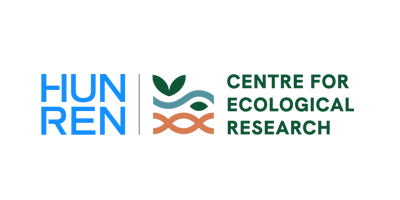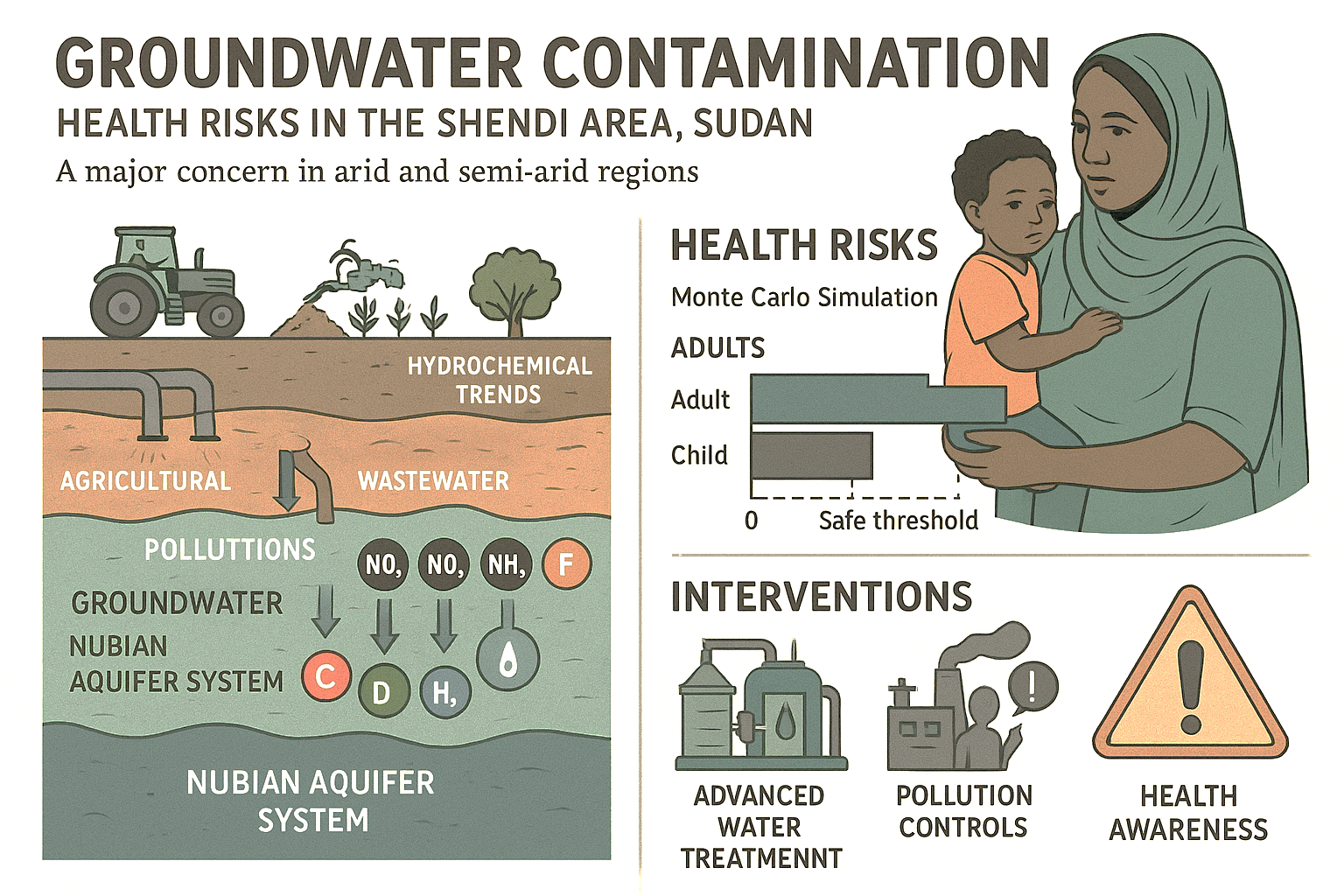News
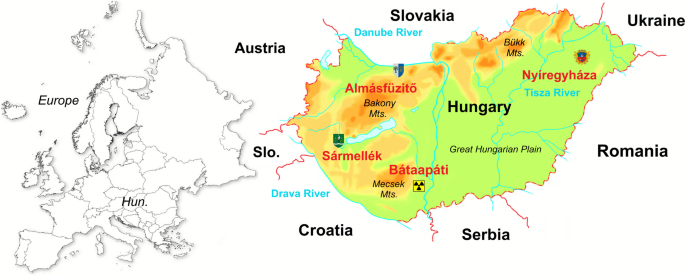
Hyperparameter inversion of engineering geophysical sounding logs for improved characterization of unsaturated porous media
A hyperparameter estimation-based inversion approach for evaluating shallow unsaturated formations is presented. Natural gamma ray intensity, bulk density, neutron porosity, and electrical resistivity borehole logs measured by direct-push probes are jointly inverted for estimating clay and sand volume, air and water content. The inversion algorithm is enhanced through the preliminary application of factor analysis.
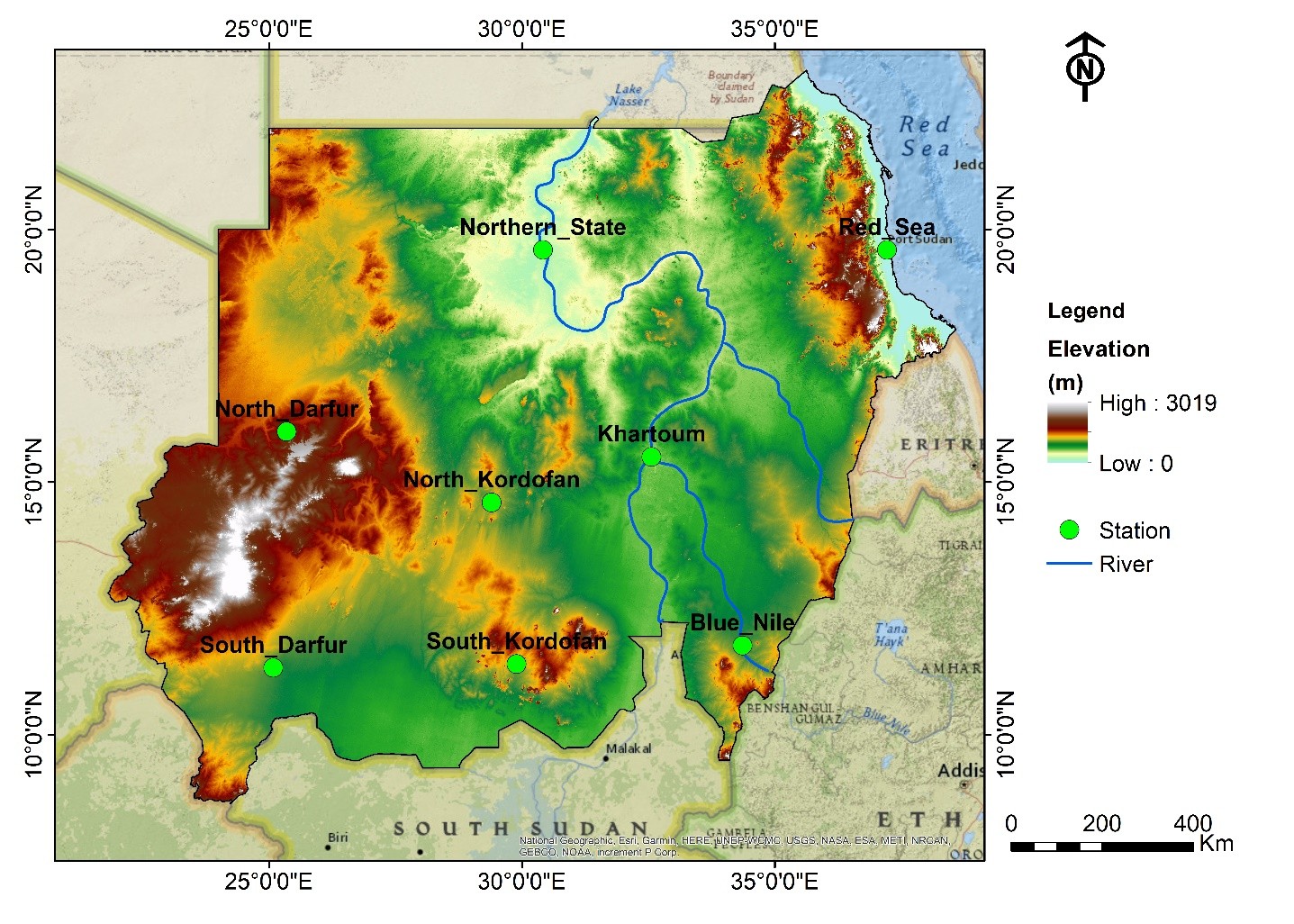
Deep Learning-Based Probabilistic Forecasting of Groundwater Storage Dynamics in Sudan Using Multisource Remote Sensing and Geophysical Data
Sudan, where groundwater is the most dependable source of freshwater, faces severe challenges due to limited monitoring infrastructure, high dependence on aquifers, and the growing impacts of climate variability and human demand.
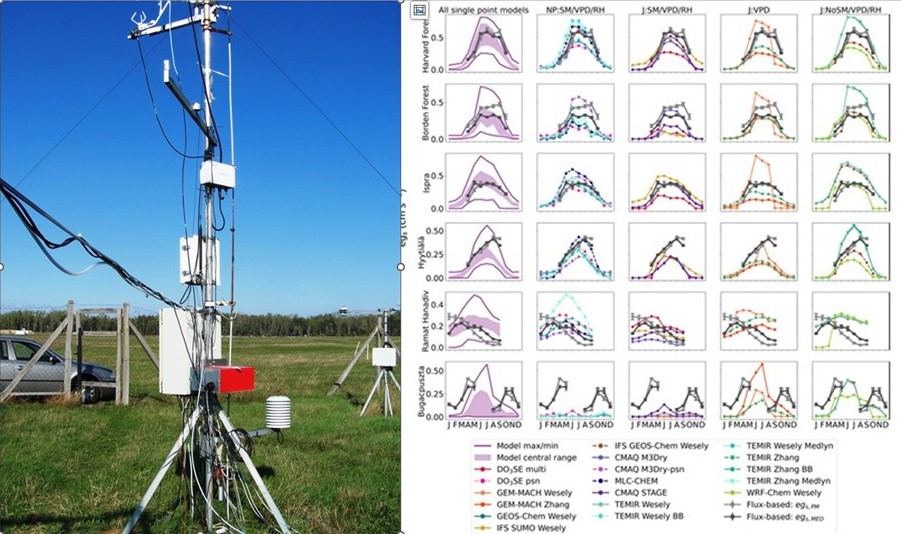
Hungarian reseachers in the “Air quality model evaluation international initiative 4” (AQMEII4) program
In the summer of 2025, a study was published in the Atmospheric Chemistry and Physics (D1) journal, aimed at comparing and evaluating the description of ozone dry deposition, as well as the individual component processes, in atmospheric chemistry models.
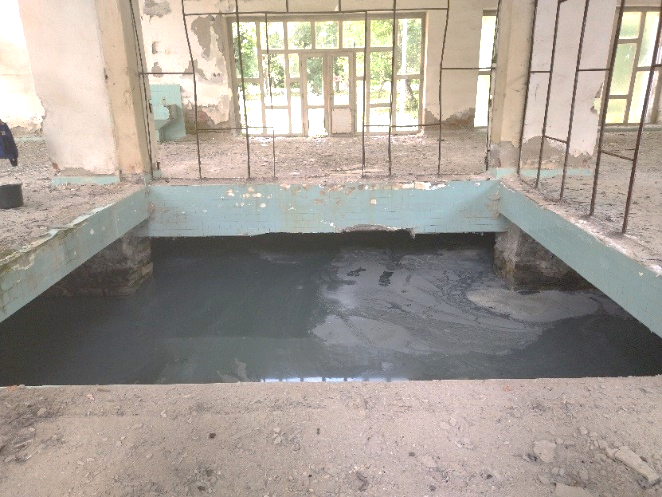
Physicochemical and microbial characteristics of medicinal groundwater at Sobranecké Spa, a Slovakian heritage site: Implications for balneotherapy
Slovakia is rich in balneological traditions, where numerous mineral springs have been historically used for therapeutic purposes. The Sobranecké Spa (“Salus per Aquam”) holds a remarkable history dating back to 1336 and is recognized as a Slovakian heritage site for its cultural and historical significance. The healing properties of its mineral-rich waters were first documented in the chronicle of Count Sztáray, where they were described as “Salt healing wells”.

International Team Reveals Critical Health Risks in Polish Spring Waters
Researchers from the University of Miskolc’s Institute of Environmental Management, leading an international collaboration with Poland, have published a pioneering study on spring water quality in southern Poland in a prestigious Q1 journal.

M4 Plastics — Measuring, Monitoring, Modeling and Managing of Plastics in Flowing Waters
Join us for an interdisciplinary workshop focused on the pressing issue of plastics in riverine and freshwater systems. The program includes expert presentations from diverse research fields, a guided laboratory visit, and a field trip offering hands-on insights into practical monitoring and assessment techniques.
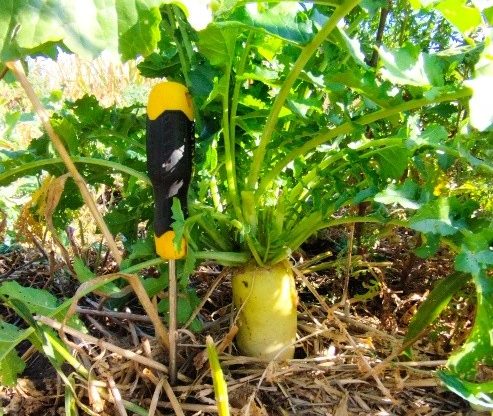
Climate-smart agricultural practices in Hungary – strategies to increase soil carbon stocks and reduce carbon emissions
The latest review article by researchers of the Institute for Soil Sciences provides an overview of the role of soil in climate change mitigation and highlights the potential of agricultural practices to support these goals.
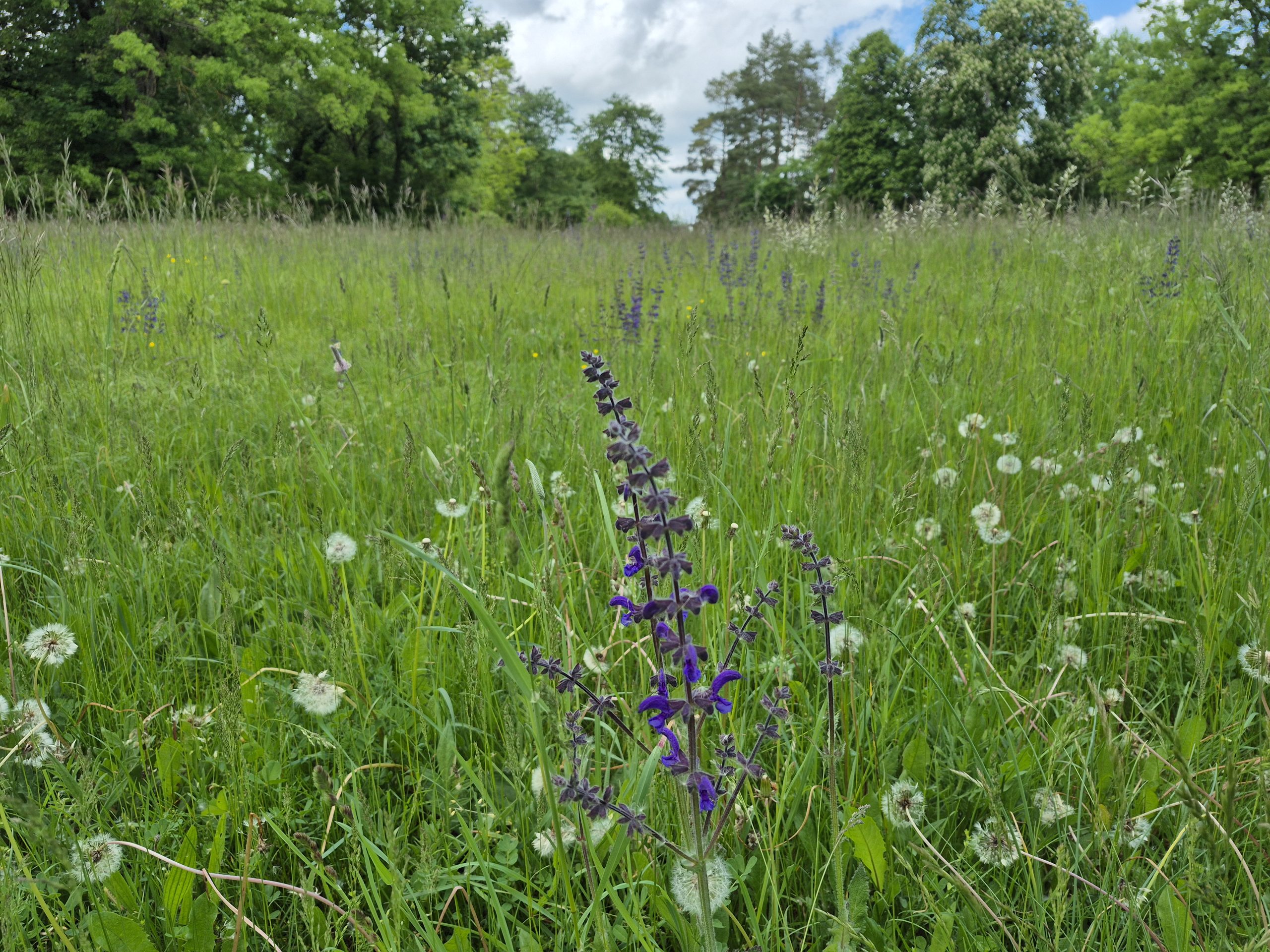
European cities need ambitious nature restoration targets –new comment paper published in npj Urban Sustainability
In an international team led by Valentin Klaus researchers of the ‘Sustainable Cities’ subproject at HUN-REN Centre for Ecological Research have recently published a comment paper in npj Urban Sustainability about the potential of the EU Nature Restoration Law in making our cities more resilient, biodiverse and liveable.

Garden ponds: Hidden gems of urban biodiversity conservation

Aquatic plants instead of goldfish: how garden ponds can help conserve biodiversity
Ornamental garden ponds support the survival of numerous protected species, especially if they are not overcrowded with exotic fish. A study conducted by researchers from the HUN-REN Centre for Ecological Research (HUN-REN CER) with public participation and published in Urban Ecosystems, also shows that Hungarian garden ponds are among the larger ones in Europe.
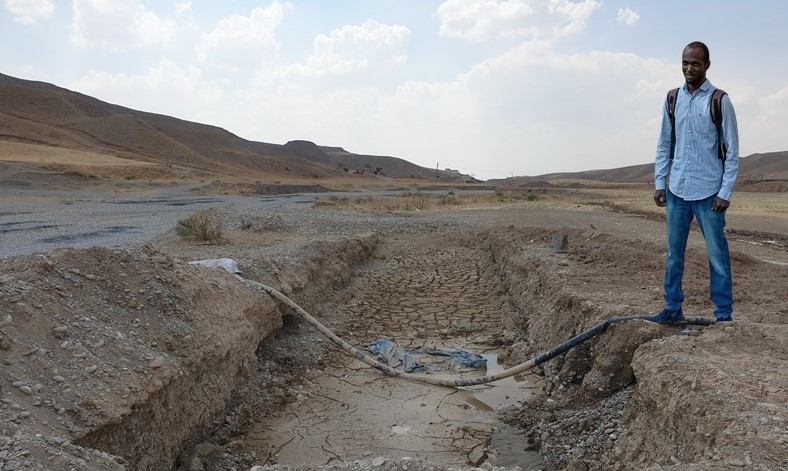
Multi-step modeling of well logging data combining unsupervised and deep learning algorithms for enhanced characterization of the Quaternary aquifer system in Debrecen area, Hungary
Discover the recent research within the Sustainable Development and Technologies project, where we conducted a multi-step modeling approach integrating unsupervised and deep learning algorithms to improve the interpretation of geophysical well-logging data for a more thorough characterization of the Quaternary aquifer system in the Debrecen area, Hungary.
